Euphorbia caputmedusae "Medusa's Head" Euphorbia
Euphorbia caput-medusae ("Medusa's Head") is a plant of the genus Euphorbia that occurs in and around Cape Town, South Africa. Description. This succulent resembles the head of Medusa, with many serpent-like stems arising from a short, central caudex. They sometimes exceed 1 metre in diameter, partly buried in the ground, covered with numerous.
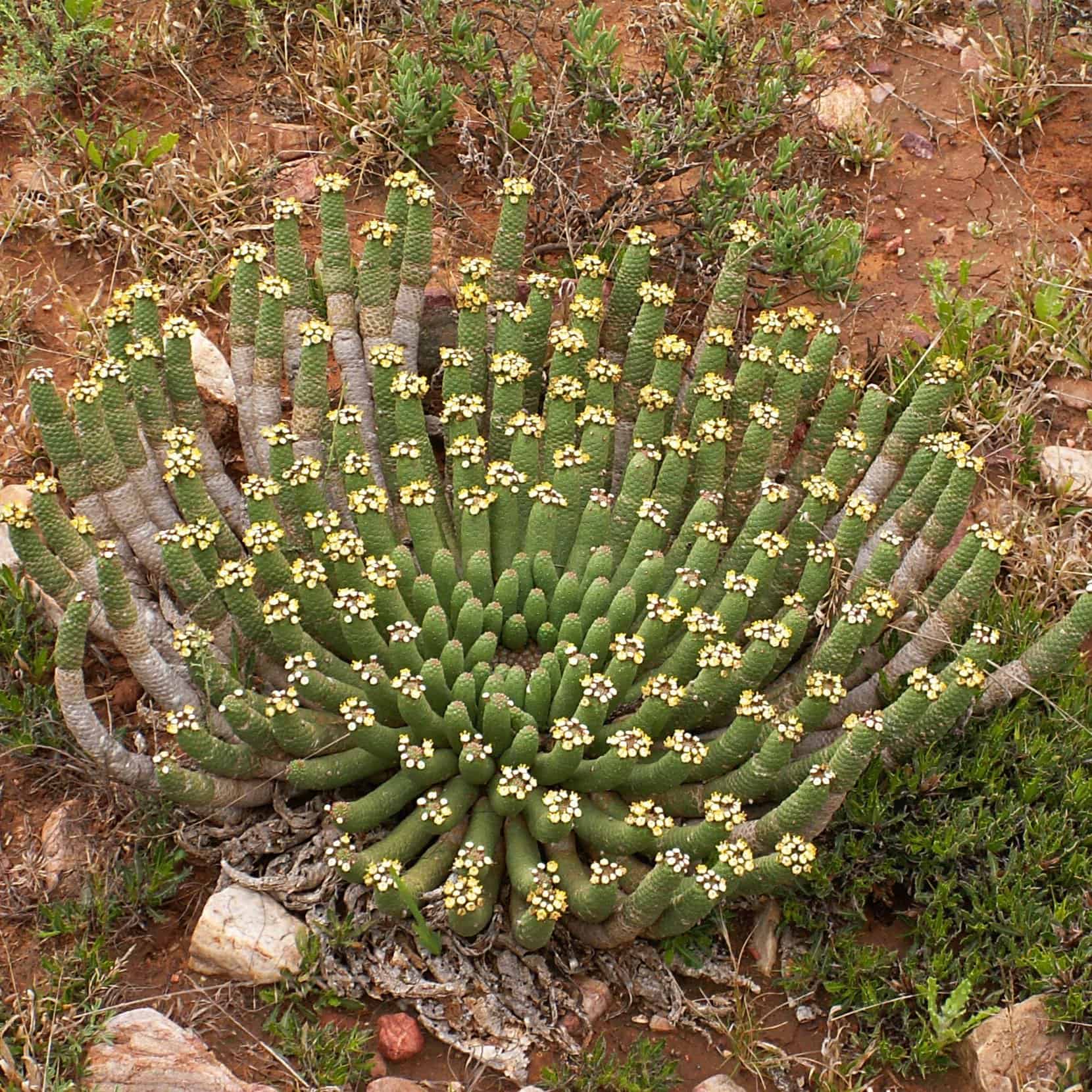
EUPHORBIA Caput Medusae Tulbagh Tree & Plant Nursery
Medusa's head euphorbias can grow up to be 1′ - 2′ feet tall. At the center, it has a deep-rooted caudex almost 8" inches in diameter. Despite its height, the plant is compact and does not take a lot of room. But, due to the unusual appearance of the Medusa's head, it is advisable not to crowd the medusa with other plants.
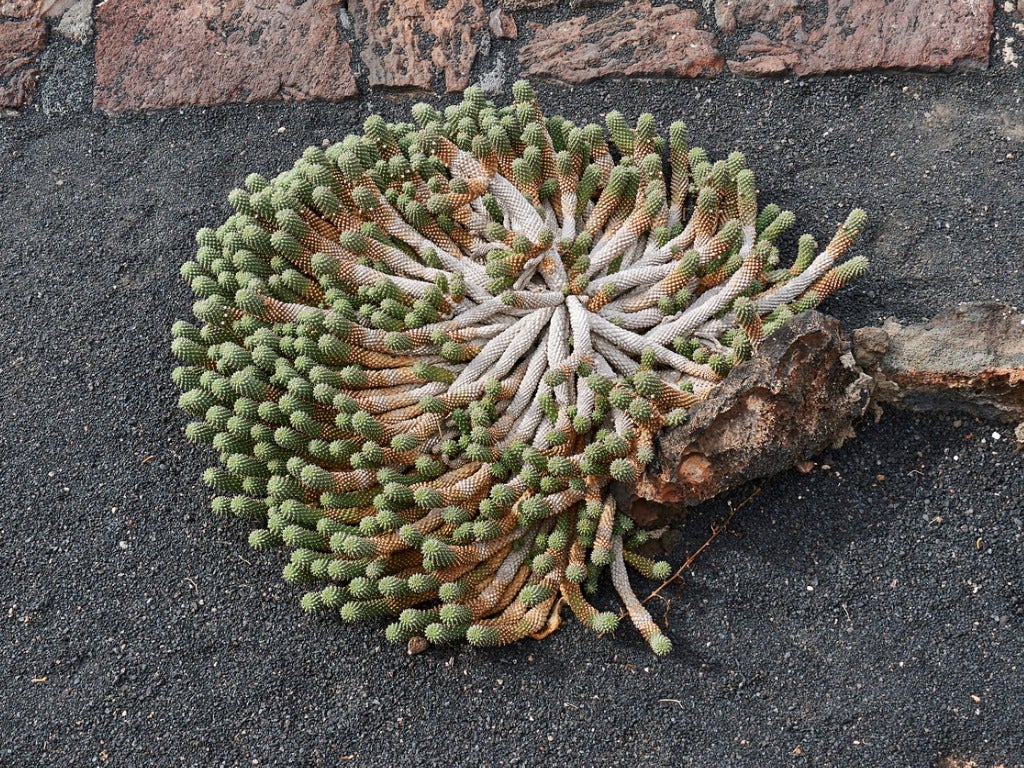
What Is Medusa's Head Euphorbia Tips On Caring For Medusa's Head Plants
Soil for your Euphorbia caput-medusae (Medusa's Head) The Euphorbia caput-medusae (Medusa's Head) likes to be watered when the top of the soil is dry, so use a soil mix that drains excess moisture quickly and holds onto some moisture for a few days.

Euphorbia caputmedusae (Medusa’s head). Featured plant at Towerkop nursery. Towerkop Nursery
Euphorbia caput-medusae is a sprawling, succulent shrub, reaching 1 m across. It has a rosette of narrow, snake-like, spineless but knobbly branches, each 10-30 mm in diameter that arise from a short woody stem (caudex) and which rapidly lose their leaves . The remaining narrow, fleshy leaves and a cluster of inflorescences are carried at the.
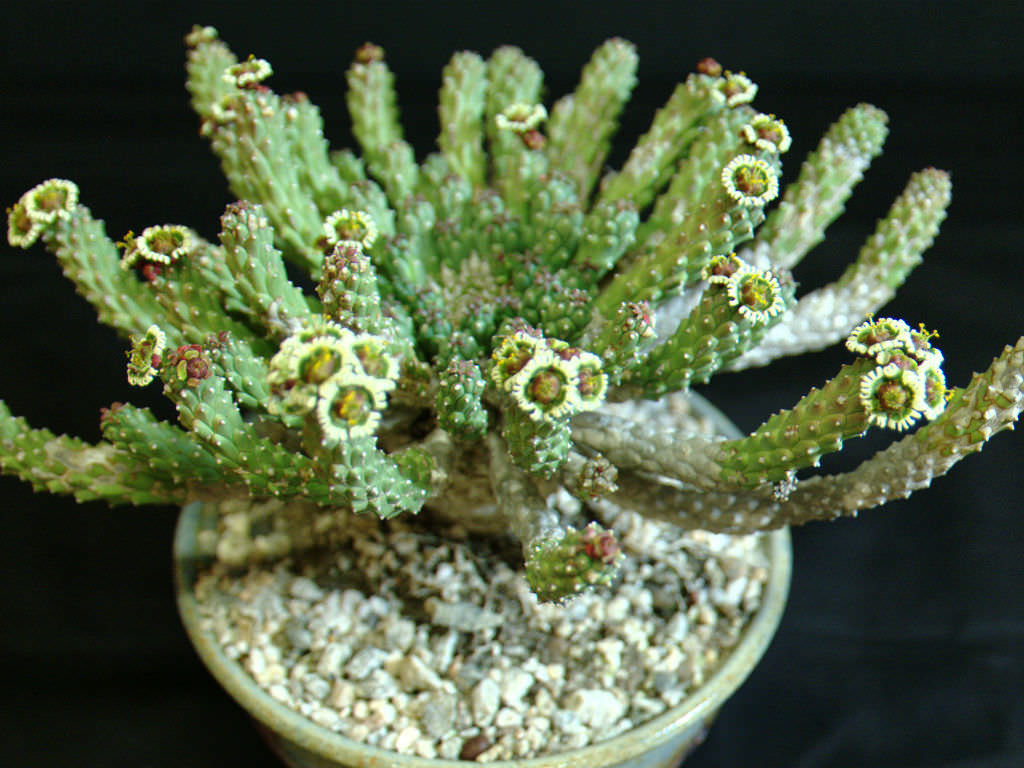
Euphorbia caputmedusae World of Succulents
Euphorbia caput-medusae is a low-growing, spreading perennial with small, narrow leaves and long, slender stems. It is native to the Mediterranean region and is hardy in USDA zones 7-10. It is easy to propagate from cuttings and can be grown in full sun to partial shade. It prefers well-drained soil and is drought tolerant once established.

Desert Plants and Wild Flowers Images Euphorbia caput medusae
Peter Walkowiak is one of the premier grower of medusoid euphorbias (among many other succulents and cacti). This is just a slice of the plants he shows and sells. A mature, clustered example of Euphorbia woodii mimics an undersea anemone colony. Euphorbia caput-medusae has a remarkable and long-lived flowering period.
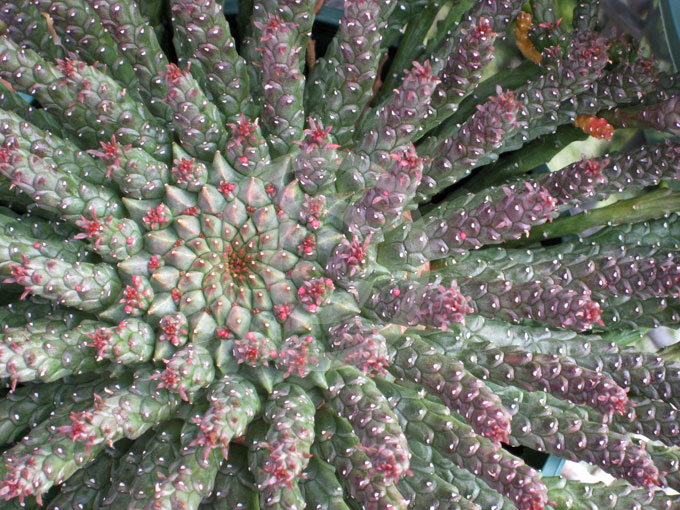
Euphorbia caputmedusae Medusa's Head information & photos
Euphorbia caput-medusa e L. Curtis's Botanical Magazine t. 8673. Raimondo, D. et al. (2009). Red List of South African Plants 2009. Strelitzia 25. South African National Biodiversity Institute, Pretoria. World Checklist of Selected Plant Families (2010). Euphorbia caput-medusae. The Board of Trustees of the Royal Botanic Gardens, Kew.

Euphorbia caputmedusae "Medusa"
Potentially harmful. Genus. Euphorbia. Genus description. Euphorbia can be annuals, perennials, shrubs or succulents, with milky sap and small flowers held within cupped, often colourful bracts. Name status. Correct. Advertise here. Find help & information on Euphorbia caput-medusae Medusa's head from the RHS.

Euphorbia Caput Medusae Desert
The species Euphorbia caput-medusae is one example of these fascinating plants that makes a great conversation piece. Found in sandy soils and rocky outcrops along the coast near Cape Town, South Africa, this unusual plant has been grown as a curiosity for a long time; it was brought to the Botanic Garden in Amsterdam.
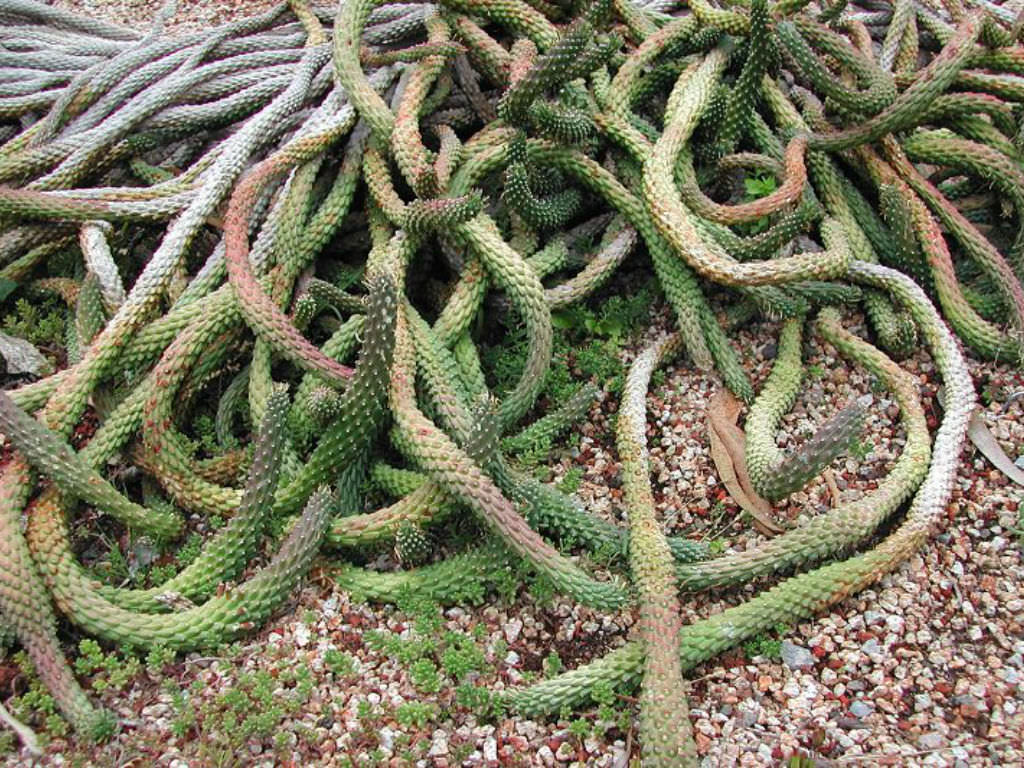
Euphorbia caputmedusae Medusa's Head World of Succulents
SPANISH (Español): Cabeza de Medusa. Description: Euphorbia caput-medusaeSN|23413]]SN|23413]] is a sprawling, succulent shrub that resembles the head of Medusa, with a rosette of narrow, serpent-like stems arising from a short, central caudex. The whole plant sometimes exceed 1 metre in diameter, but more frequently is about 40-70 cm wide.

Euphorbia Caput Medusae Desert
Euphorbia caput-medusae: An evergreen cactus / succulent with blue and green foliage and red flowers in spring and summer. To grow well, it prefers sun - bright shade and occasional - low water. Drought tolerant once established. Prefers to be dry in winter. Grows best in well-drained, lean, average and gritty soil. In need of something heat tolerant?

Euphorbia caputmedusae Stock Image C015/4777 Science Photo Library
Euphorbia Caput-Medusae succulents need strong light. When planting this succulent type in a garden, make sure it gets sunlight. Full to partial sun is the best for its growth. It is better to grow outdoor rather than indoor. This type of succulent prefers a warm climate. It can survive at zone 9b-11b which is around -3.9°C (25°F). If you.

Euphorbia caput medusae Pépinière Locas
Euphorbia caput-medusae (Medusa's Head) - This unique South African native succulent has a central tap-rooted caudex to 8 inches wide from which emerge numerous snake-like gray-green bumpy-textured branches to 3+ feet long with a knobbed terminal end where small deciduous leaves are produced. White flowers bloom on short stalks rising from the.

Euphorbia Caput Medusae Desert
Euphorbia caput-medusae is a unique succulent plant that forms a rosette of numerous gray-green, snake-like branches from a short, thick, inversely conical stem. It grows up to 2.5 feet (75 cm) tall and 3.3 feet (1 m) in diameter. The caudex is up to 12 inches (30 cm) in diameter. Branches are ascending, club-shaped, tuberculate, and up to 1.2.

Photo of the entire plant of Medusa Head (Euphorbia caputmedusae) posted by javaMom
Watch for mealybugs, powdery mildew, and spider mites. Medusa's Head (Euphorbia caput-medusae) is a succulent plant which resembles the head of Medusa, with many serpent-like stems arising from a short, central caudex. It has numerous gray-green, bumpy-textured branches up to 90 cm long with a knobbed terminal end where small deciduous leaves.

Euphorbia caputmedusae World of Succulents
Euphorbia caput-medusae: I discuss this first as this is the classic medusoid Euphorbia. It is a moderately large plant with a large, thick cylindrical caudex (stem) from which dozens, if not hundreds of long, thick, tubular arms extend in a radial pattern from the caudex.